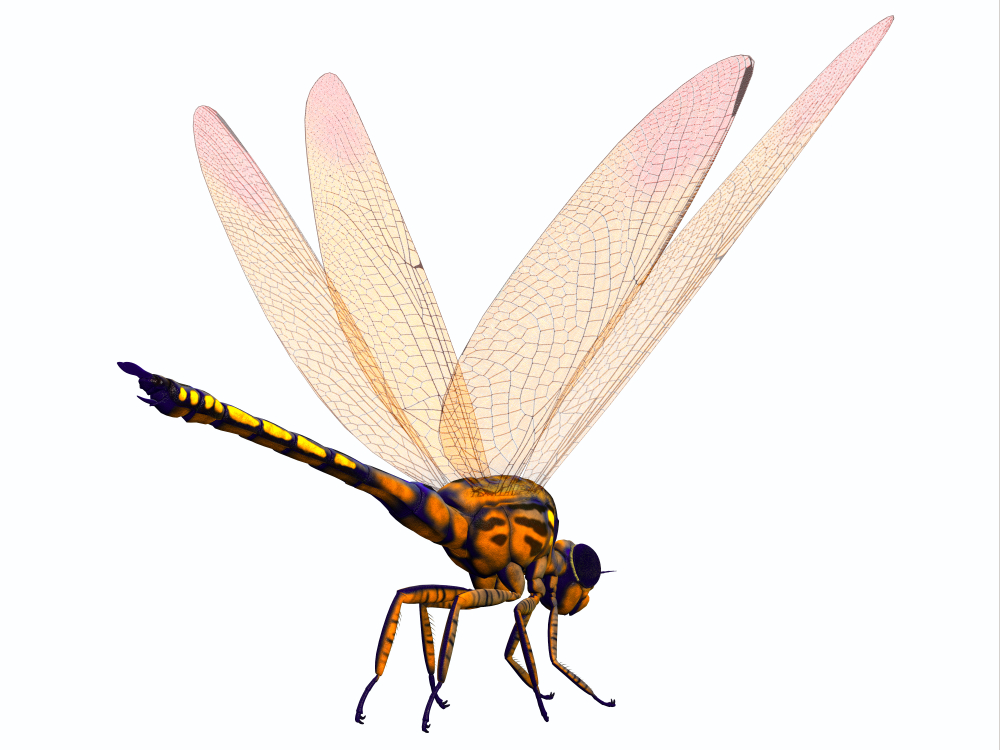
Science and religious belief often can and do connect. Astronomy developed in ancient times because our ancestors saw their gods’ actions and intent in the skies. The Book of Genesis contains a familiar creation narrative. You may be surprised to learn that its timeline parallels the history constructed by geologists, astronomers, and paleontologists. The appearance of insects on Earth and in Genesis is just one example.
Gondwanaland: Where Life on Land Begins
You may have heard of Pangaea, the huge supercontinent that existed on Earth about 300 million years ago. But Pangaea itself came from another huge supercontinent: Gondwanaland. About 500 million years in our distant past, this landmass contained almost all of our modern continents and took up most of our Southern Hemisphere.
The Ordovician Period began around 485 million years ago. That’s when plate tectonic activity dramatically increased, resulting in Gondwanaland’s breakup. Massive earthquakes and volcanic eruptions occurred as its pieces shifted. A video by the UTD Geoscience Studio shows how Gondwana’s landmasses would have moved.
National Geographic describes climate conditions during the Ordovician Period. On our warm and wet planet, marine life and land plants thrived. Those land plants contributed oxygen to our atmosphere–perfect for the next lifeforms to evolve.
The Connection Between Plants, Oxygen, and Insect Life
Scientists estimate that insects evolved around 479 million years ago. The American Association for the Advancement of Science mentions that we know this thanks to the 1KITE project. It brought together experts in entomology, molecular biology, taxonomy, and genetics, plus several supercomputers and a huge chunk of data.
Created to reconstruct insects’ evolutionary history, the 1KITE project constructed insects’ evolutionary history. It also proposes that the first winged insects appeared 406 million years ago. But scientists are still at work assembling this history. The Stanford Earth Matters mentions the earliest winged insect fossil found to date: Delitzschala bitterfeldensis, a dragonfly-like creature preserved about 325 million years ago.
Giant, Powerful, and Scary Insects
The Carboniferous Period was so named for the abundant coal formation from plant debris during this part of Earth’s history. Oxygen comprised about 35% of our planet’s atmosphere. This may have allowed the evolution of enormous insects and arachnids. How big? We’re talking dragonflies the size of seagulls and three-foot-long scorpions. If ancient venomous centipedes could stand on their hind legs, they would have towered over some human beings.
The “Creeping Things” of Genesis
How does the evolution of insects connect with the creation story in Genesis? An oxygen-rich atmosphere sets the stage for life on land. According to verses 24 and 25, God creates that life: “cattle, creeping things, and wild beasts of every kind.” This passage contains the classical Hebrew noun “rémes,” derived from the verb “ramás,” which means “to glide, swarm, crawl, or creep.” That noun usually translates as “creeping thing” in English—and that can certainly include insects.
This creation narrative has its own timeline. Oceans and dry land appear in verses 9 and 10, while vegetation begins growing on land in verses 11 and 12. God creates marine life in verses 20–22. This timeline of insects and Genesis fits the chronology constructed by our scientists:
- Oceans: 3.8 billion years ago
- One-celled marine life: 3.5 million years ago
- Multicellular marine life: between 900 and 600 million years ago
- The first land plants: 500 million years ago
- Insects: 479 million years ago
Many Ways To Understand the World
Human curiosity and methodologies lead to discoveries that improve our lives. But they also help us better understand our world, ourselves, and our ancestors’ beliefs. Religious texts aren’t scientific treatises, but our modern knowledge can provide some insight into these writings. Paired with this knowledge, Genesis shows a somewhat logical sequence in which our world evolved.

